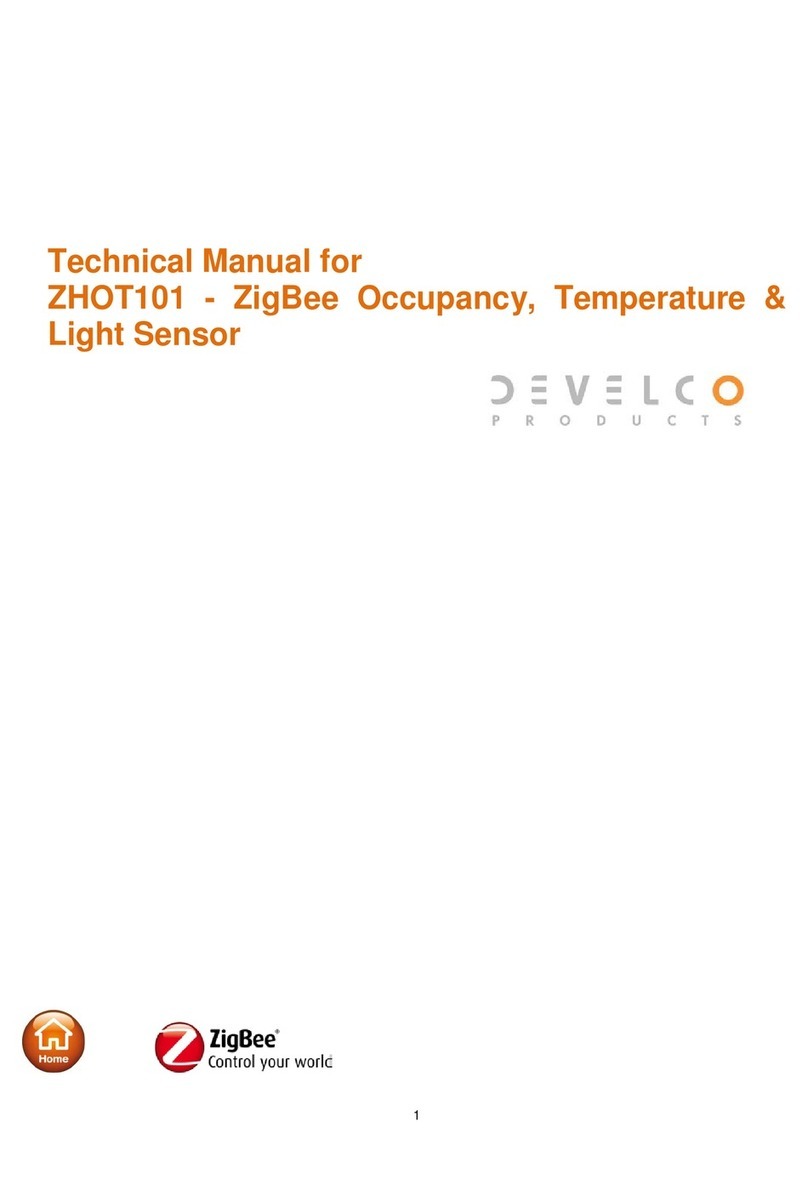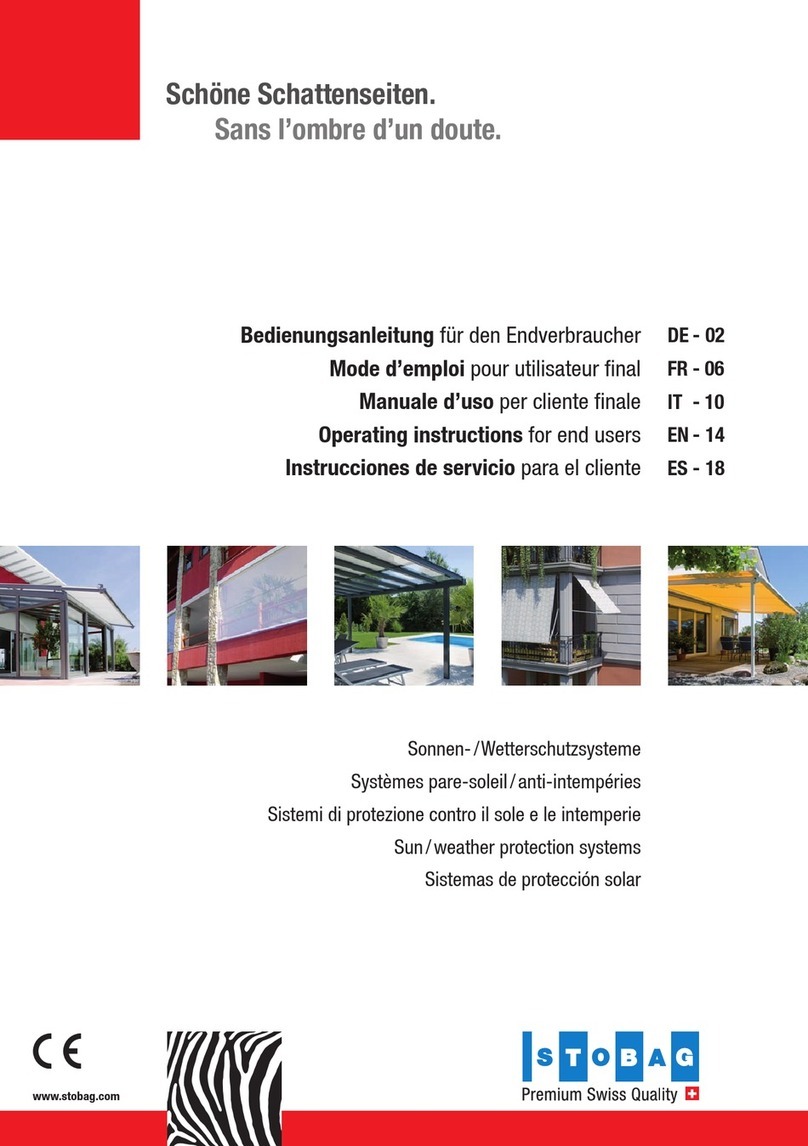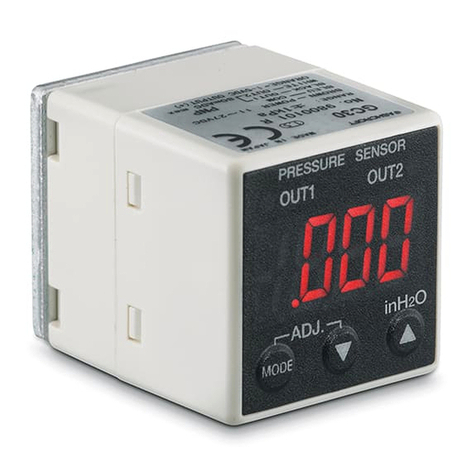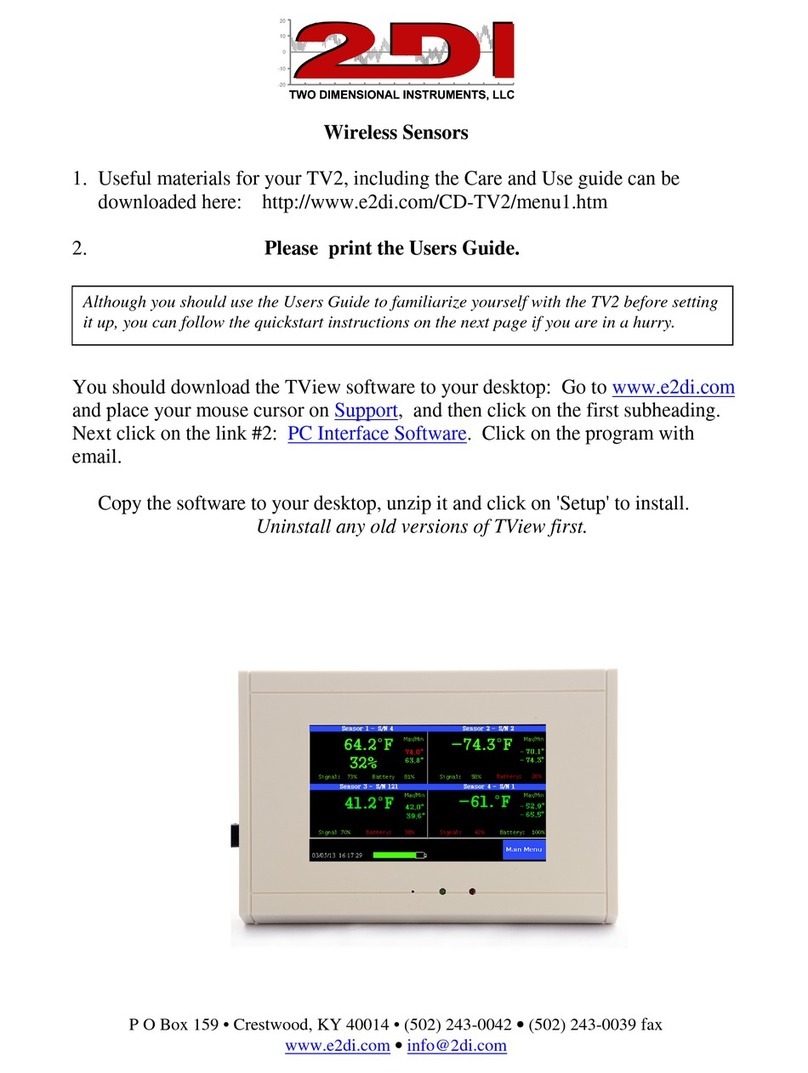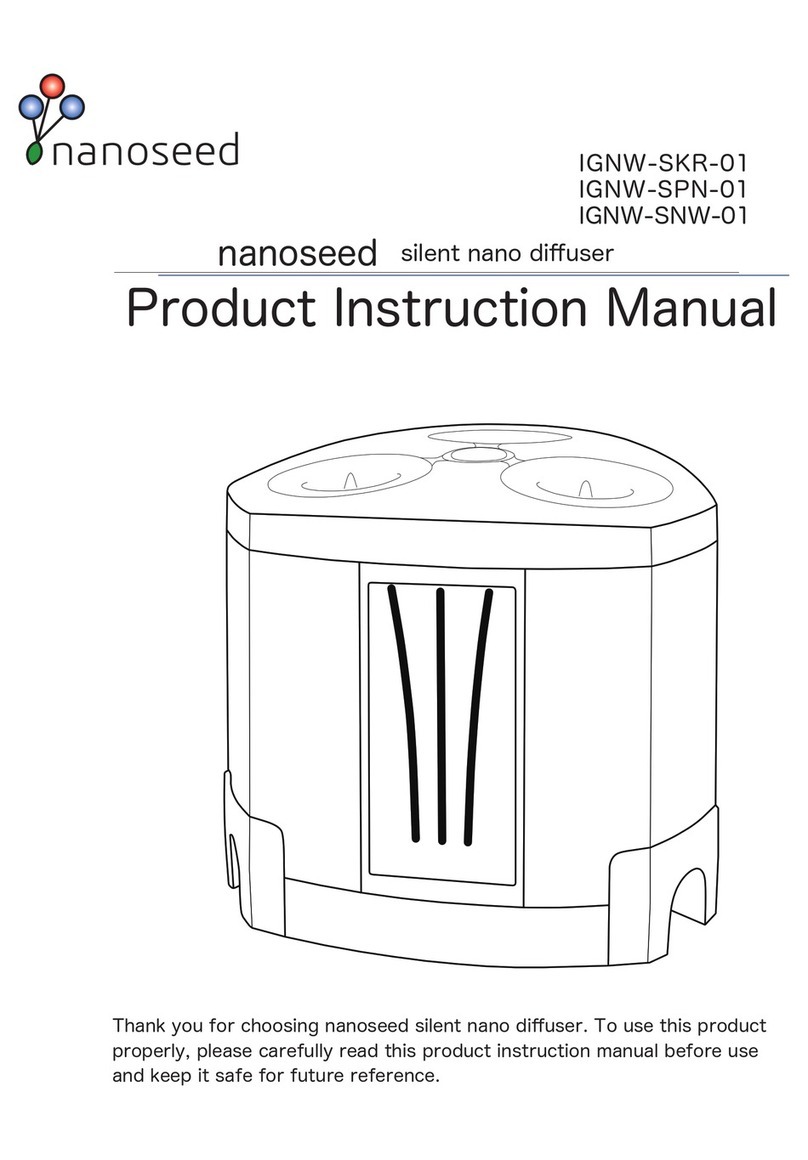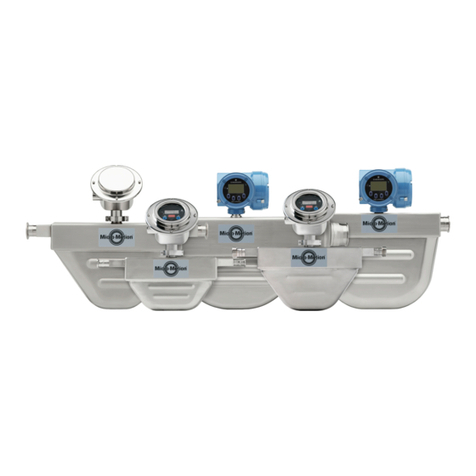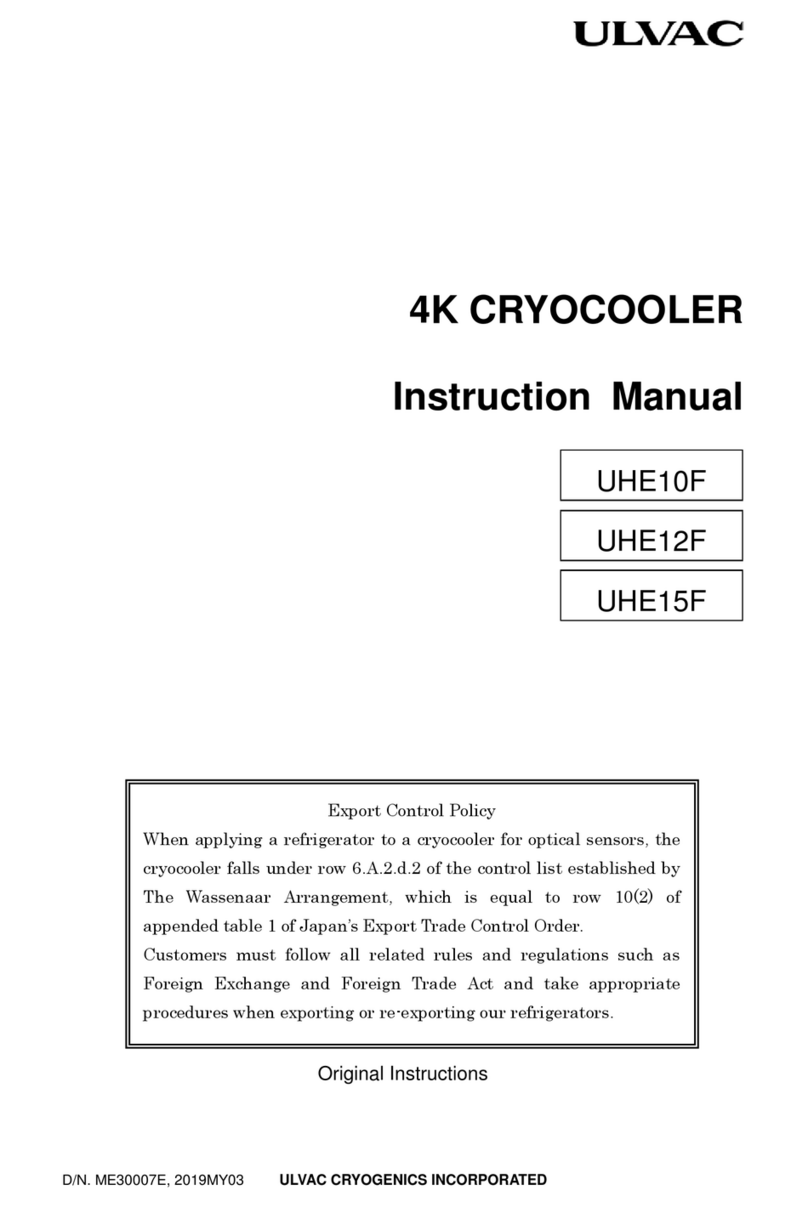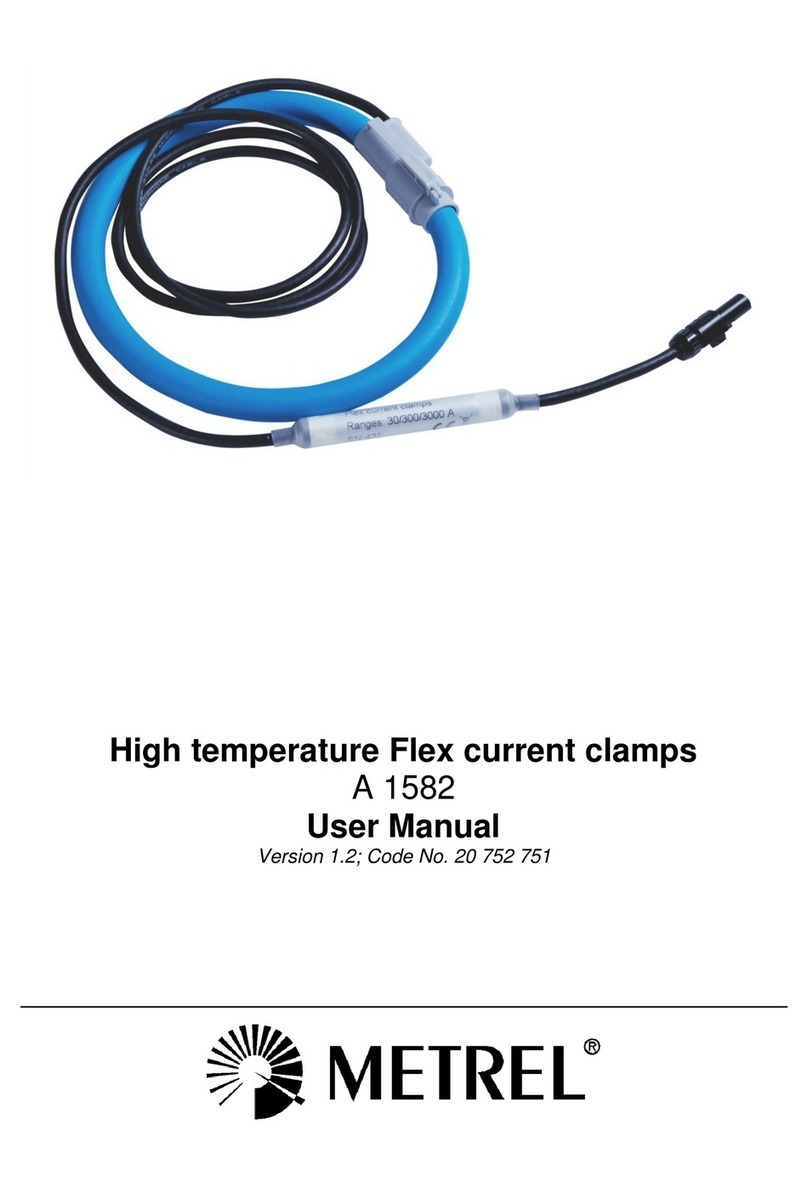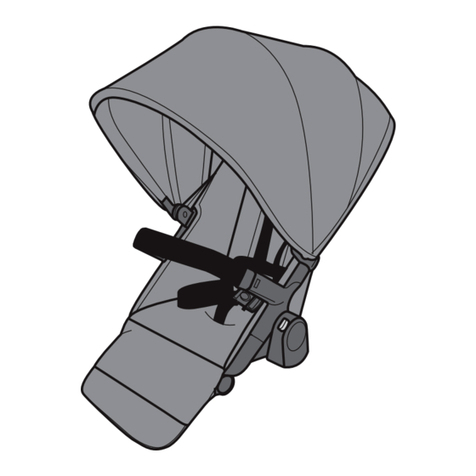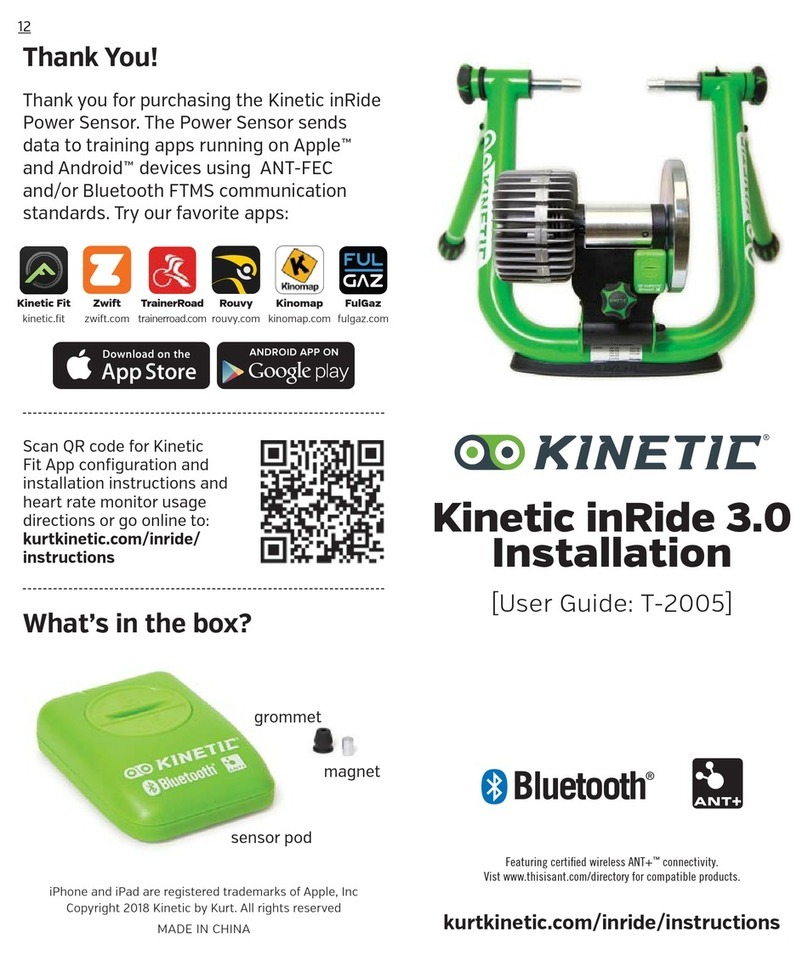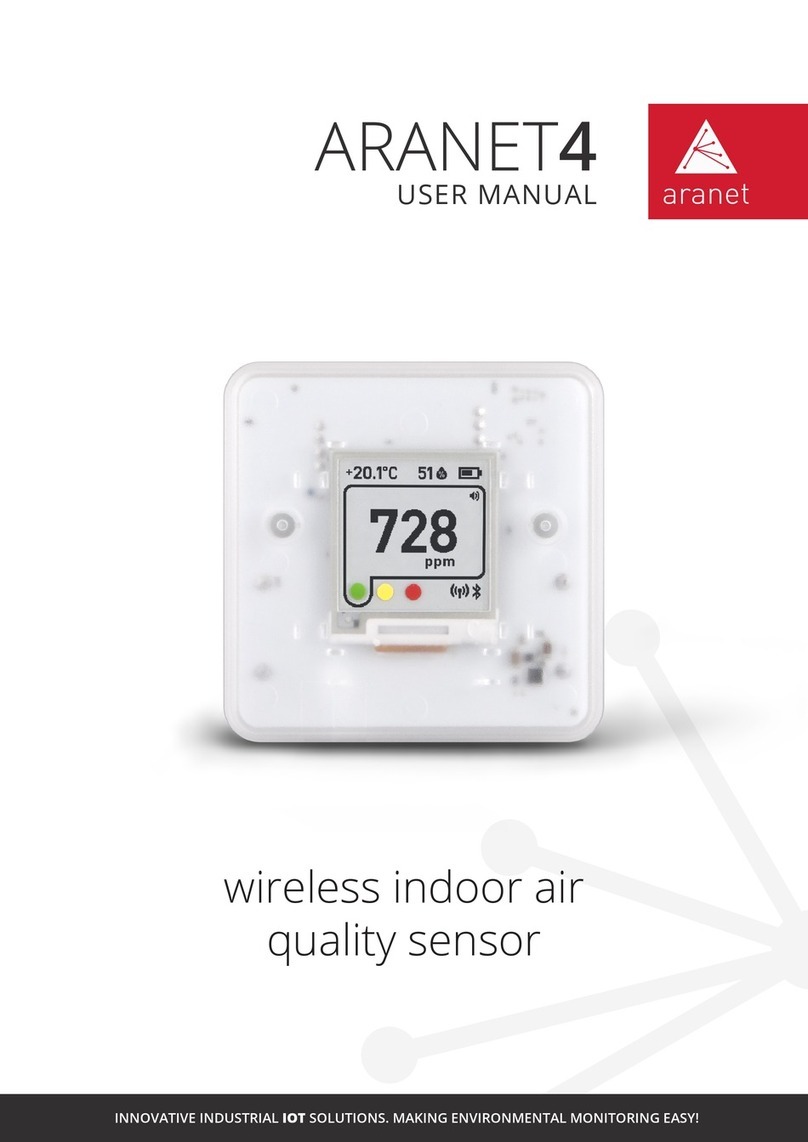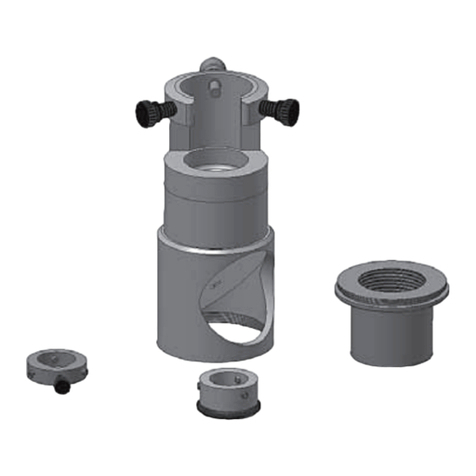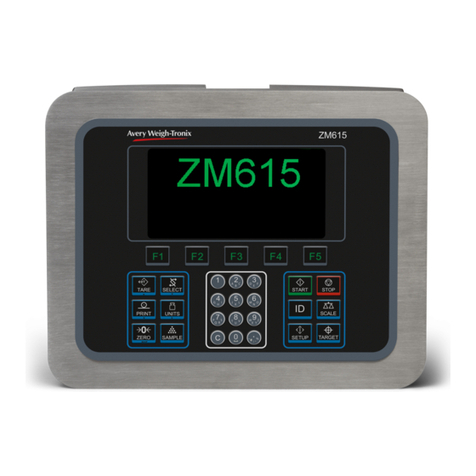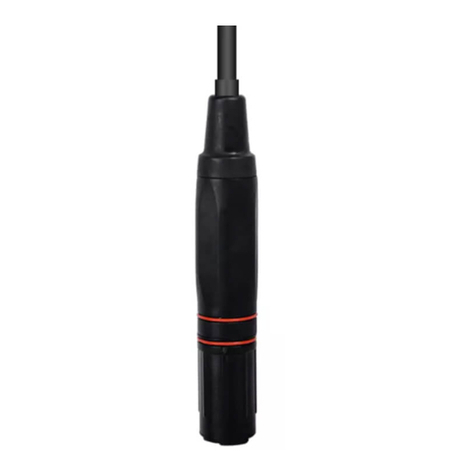Bo-Camp 4471546 User manual

INSTRUCTION MANUAL
CARAVAN AWNING AIR
4471546
BO-CAMP.COM NL-5126 PT 4
Before using the awning
• Please read these instructions thoroughly before use and follow the instructions below for optimum use and long life of this awning.
• This awning is not designed to withstand storms; it may be necessary to flatten the awning. Damage caused by strong winds is not
covered by the warranty.
• Check that everything is complete; awning; pump; 3 straps; ground pins and 1 repair patch.
• Set up the awning as a test before using it.
Usage
• A polyester awning has a fully waterproof coating so condensation cannot escape. The moisture remains on the inside and it may appear
as if the awning is leaking. Proper permanent ventilation limits moisture, therefore always provide ventilation. In windless humid weather
or large temperature differences, this condensation effect is extra, then sometimes extra ventilation is needed by putting one of the doors
ajar.
• Always keep gas burners, lights, cigarettes and other open flame devices far away from your awning and follow the safety instructions for
this equipment.
• Make sure you are aware of the safety regulations on the campsite and what to do in case of fire.
• Preferably do not stand directly under trees because trees can secrete resin and birds poop.
• This awning has an anti-UV coating. However, depending on the intensity of the sun and the degree of use, the awning fabric may discolor
sooner or later. In case of a pitch for a longer period of time, a shady spot is recommended.
• Always knock pins and pegs into the ground at an angle; stabbing at right angles to the guy rope.
Storage and maintenance
• Store pegs separately in a bag, not directly against the awning fabric.
• Store the awning in a dry and well-ventilated room and open the zipper a little bit so the material is able to air.
• When dealing with mold, dry the awning thoroughly and carefully remove the mold by brushing.
• Only use specialized awning cleaning products to remove difficult stains as other domestic chemical products can cause the cotton to
degrade.
• If the waterproofing decreases after a long period of use, you can treat the awning afterwards; only with a special awning cleaner.
• The seams of the awning are taped and should in principle not let water through. If there is any moisture coming in through the seam, use
a seam sealer (available from the camping trade).
• Should the tape eventually come loose somewhere, cut away the loose pieces and treat the seam with seam sealer. In any case, never pull
away the tape, this can be a part of the coating to be pulled loose.
1/4
Pitching the awning
• Slide the tendon rope at the back into the rail of your camping vehicle.
• Spread the awning and fix the corners with 2 ground pegs.
• Inside the awning, there is a double valve on the air tube. Tighten the whole valve B (by hand). Unscrew only the cap (A in the picture) of
the valve and connect the pump tube to it.
• Pump the air tube at 0.5 bar or 7 psi. It may be necessary to help the top come up.
• Now pump up the air pipe of the middle roof girder.
• The air pressure depends on the temperature; if it cools down considerably later, the pressure can drop below 0.4 bar or 6 psi, and then it
may be necessary to add some more pumping.
• If it gets much warmer later, the air pressure will increase; this is not a problem; the hose can have more than 0.6 bar or 8.5 psi. If it gets
much hotter than when it is set up, check the pressure with the pump and if necessary let some air escape.
• The awning is already in good shape; take a look and possibly move one or more ground pegs on the corners a little bit until the awning is
in good condition.
• Now tension the 3 straps; never skip them, because without them a gust of wind can deform or flatten the awning. If the soil is hard, use
the rock pegs; if the soil is loose, use the pegs; they must be firmly anchored.
• When using side walls: after zip-in and tensioning to the ground, check again whether the zipper can easily be opened and closed;
otherwise the zipper will be damaged! If necessary, move ground pegs slightly until the zipper opens and closes easily.

INSTRUCTION MANUAL
CARAVAN AWNING AIR
4471546
BO-CAMP.COM NL-5126 PT 4
Stowing away
• Stow the awning when it is dry. If you are forced to stow the awning when it is wet, do not leave it rolled up in the bag for longer than 24
hours. Then dry the awning completely (especially the seams) to prevent mold. Also dry the pegs well and remove sand.
• Loosen all ground pins and roll up the guy ropes. Now gradually (to reduce the sound) unscrew the valve (B in the picture above) to let all
the air escape. Then keep the valve fully or partially open during folding and storage.
• Zipper the door and fold the awning as neatly as possible in several turns.
2/4

INSTRUCTIE HANDLEIDING
CARAVANLUIFEL AIR
4471546
BO-CAMP.COM NL-5126 PT 4
Voor u de luifel gaat gebruiken
• Lees deze gebruiksaanwijzing graag aandachtig door en volg onderstaande instructies voor optimaal gebruik en lange levensduur van deze
luifel.
• Sluit altijd de ritssluiting als u de luifel opzet of afbreekt. Ritssluitingen slijten in het gebruik en zijn daarom uitgesloten van garantie.
• Controleer of alles compleet is; luifel; pomp; 3 spanbanden; grondpennen en 1 reparatieplakker.
• Zet de luifel eerst als test op voordat u hem in gebruik neemt.
• Deze luifel is niet berekend op storm; dan kan het nodig zijn de luifel plat te leggen.
• Schade door harde wind valt niet onder de garantie.
Gebruik
• Een polyester luifel heeft een volledige waterdichte coating waardoor condens niet naar buiten kan. Het vocht blijft aan de binnenkant
zitten en het kan dan lijken of de luifel lekt. Goede permanente ventilatie beperkt het vocht, zorg daarom altijd voor ventilatie. Bij windstil
vochtig weer of grote temperatuursverschillen treedt dit condensatie effect extra op, dan is er soms extra ventilatie nodig door een van de
deuren op een kier te zetten.
• Gasbranders, gaslampen, gaskachels en ander open vuur altijd ver van uw luifeldoek verwijderd houden en volg de veiligheidsvoorschriften
van deze apparatuur op. Zorg dat u op de hoogte bent van de veiligheidsvoorschriften op de camping en wat u moet doen in geval van
brand.
• Zoek een vlakke droge plaats die niet in een put ligt en verwijder scherpe voorwerpen. Ga bij voorkeur niet direct onder bomen staan,
omdat bomen soms hars en vogels poep afscheiden.
• Deze luifel heeft een anti-UV coating. Toch kan afhankelijk van de zonne-intensiteit en de mate van gebruik het luifeldoek eerder of later
verkleuren. Bij een standplaats voor langere tijd is een schaduwrijke plek aan te raden.
• Pennen en haringen altijd schuin in de grond; haaks op de scheerlijn steken.
Bewaren en onderhoud
• Een polyester luifel heeft een volledige waterdichte coating waardoor condens niet naar buiten kan. Het vocht blijft aan de binnenkant
zitten en het kan dan lijken of de luifel lekt. Goede permanente ventilatie beperkt het vocht, zorg daarom altijd voor ventilatie. Bij windstil
vochtig weer of grote temperatuursverschillen treedt dit condensatie effect extra op, dan is er soms extra ventilatie nodig door een van de
deuren op een kier te zetten.
• Gasbranders, gaslampen, gaskachels en ander open vuur altijd ver van uw luifeldoek verwijderd houden en volg de veiligheidsvoorschriften
van deze apparatuur op. Zorg dat u op de hoogte bent van de veiligheidsvoorschriften op de camping en wat u moet doen in geval van
brand.
• Zoek een vlakke droge plaats die niet in een put ligt en verwijder scherpe voorwerpen. Ga bij voorkeur niet direct onder bomen staan,
omdat bomen soms hars en vogels poep afscheiden.
• Deze luifel heeft een anti-UV coating. Toch kan afhankelijk van de zonne-intensiteit en de mate van gebruik het luifeldoek eerder of later
verkleuren. Bij een standplaats voor langere tijd is een schaduwrijke plek aan te raden.
• Pennen en haringen altijd schuin in de grond; haaks op de scheerlijn steken.
3/4
Het opzetten
• Schuif de pees aan de achterkant in de rail van uw kampeervoertuig. Spreid de luifel uit en zet de hoeken met 2 grondpennen vast.
• Binnenin de luifel zit op de luchtbuis een dubbel ventiel. Draai het hele ventiel B erin. Draai alleen de dop (A in het plaatje) van het ventiel
los en sluit de pompslang hierop aan.
• Pomp de luifel op 0,5 bar of 7 psi op. Het kan zijn dat je als er al behoorlijk wat druk op zit even de bovenkant moet helpen naar boven te
komen.
• Pomp nu de luchtbuis van de midden dakligger op.
• De luchtdruk is afhankelijk van de temperatuur; als het later flink afkoelt kan de druk onder de 0,4 bar of 6 psi afnemen en dan kan het
nodig zijn nog wat bij te pompen.
• Als het later veel warmer wordt, loopt de luchtdruk op; dit is niet erg; de slang kan ruim 0,6 bar of 8,5 psi hebben. Als het echt veel heter
wordt dan bij het opzetten, dan even met de pomp de druk controleren en zo nodig wat lucht laten ontsnappen.
• De luifel staat nu al aardig; even kijken en eventueel één of meer grondpennen op de hoeken iets verplaatsen tot de luifel mooi staat.
• Span nu de 3 spanbanden uit; sla deze nooit over, want zonder deze kan een windvlaag de luifel vervormen of plat leggen. Bij harde grond
rotspennen gebruiken; bij losse grond v-haringen; ze moeten stevig verankerd zitten.
• Bij gebruik zijwanden: na inritsen en afspannen aan de grond check nog eens of de rits makkelijk open en dicht kan; anders beschadigt de
rits! Zo nodig grondpennen iets verplaatsen tot de rits vrij gemakkelijk gaat.

INSTRUCTIE HANDLEIDING
CARAVANLUIFEL AIR
4471546
BO-CAMP.COM NL-5126 PT 4
Het afbreken
• Breek zo mogelijk de luifel af in droge toestand. Als u de luifel noodgedwongen toch nat moet opbergen, laat hem dan niet langer dan 24
uur opgerold in de zak zitten. Droog de luifel daarna volledig (met name de naden) om schimmelvorming te voorkomen. Ook de haringen
goed drogen en zand verwijderen.
• Haal alle grondpennen los. Draai beide ventielen nu geleidelijk (om het geluid te beperken) los (B in bovenstaand plaatje) om alle lucht eruit
te laten ontsnappen. Hou daarna de ventielen geheel of gedeeltelijk open bij vouwen en opslag.
• Rits de deur dicht en vouw het dakdoek zo netjes mogelijk in een aantal slagen op het grondzeil en vouw daarna verder op.
4/4
This manual suits for next models
1
Table of contents
Languages:

